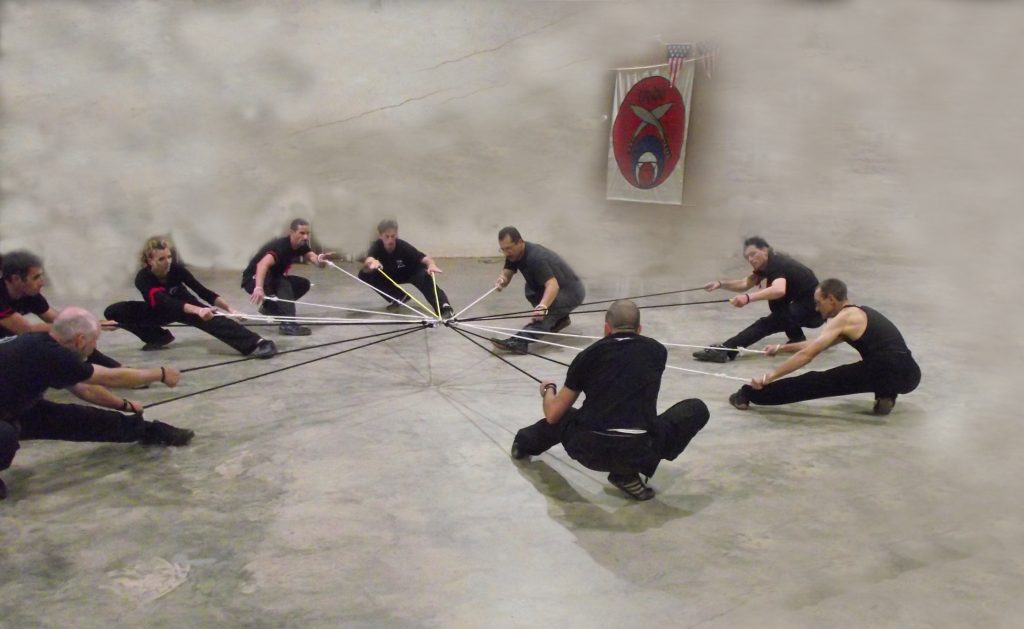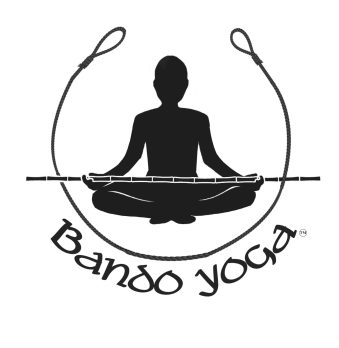Meaning of Bando
The word “BANDO” (pronounced “Bawn-Doe”) is a multi-faceted martial art system, with roots in China, Burma, and India. Various etymologists express their views toward the word differently. Some say that it originated from the Chinese, while others claim that it came from India, and then there are those who propose that it can be traced back to Tibet.
Originally, the term “Bando” [around 500 B.C.] represented physical, emotional, and spiritual discipline. In ancient times, improvement of one’s health and physical dexterity, management of one’s emotional state, and development of one’s spiritual experiences were all part of Bando training.
The term “BANDO” is derived from an ancient Pali language, meaning self-discipline. It has several meanings and interpretations. It was interpreted to mean self-development, self-improvement, or self-realization. Over centuries, it came to mean self-defense or self-protection. Today, Bando means self-discipline, self-development, and self-defense against internal and external threats.
The word “Bando” has been used in place of the concept of “THAING” or “BAMA THAING” for easy pronunciation and identification. The word BANDO is easily pronounced similar to the words Budo, Judo, Aikido, Karate-do, Tae Kwon Do, etc.
There are also numerous interpretations of the term “Bando”. Different linguistic and ethnic groups define and interpret the word differently, and often some Bando schools emphasize only one aspect of the Bando Discipline, such as that of an empty-hand system.
Generally, the term “Bando” means:
The Way of Disciplined Warrior
A System of Self-Defense
The Art of Empty-hand Fighting or Combat
Bando is not Karate. The karate-like techniques of striking, kicking, and butting are but a few of the aspects of the Free Hand Weapon of the Bando Discipline. Other aspects of the Free Hand Weapon of the Bando Discipline include grappling techniques of throws, trips, flips, holds, locks, and chokes. In Myanmar [Burma], the Free Hand Weapon is traditionally called “Bando”. Additionally, there are aspects of the other Weapon Hands of the Bando Discipline, traditionally called “Banshay”, such as stick fighting, sword fighting, knife fighting, spear fighting, gun fighting, and combat archery. Both traditional “Bando” and “Banshay” are combined for our purposes into the Bando Discipline.
The Bando system is defined as the following subsystems:
DHO (empty hand) – Lethwei (kick-boxing), Free-fighting, Animal Systems
DHOT (stick hand) – Dhot Shay (long staff), Pongyi Dhot (medium staff), and Dhot Lay (short stick)
DHA (sword hand) – Min Dha (long sword), Kukri (medium sword), and Dagger (short sword)
Traditionally, Bando students are encouraged to learn and develop knowledge and skill in at least 3 areas, one from each subsystem. Instructors strongly encourage their students to attend National Bando clinics and seminars to expand their knowledge on the different sub-systems of Bando. Studying only one sub-system is inadequate and restrictive.
Today’s Bando is a martial system with 3 major emphases…Healing, Harmonizing, and Hurting. The Healing System is Bando Yoga. This system’s focus is to produce and maintain functional fitness, help prevent injury, and restore health and fitness after injury. Harmonizing System (Monk) and Hurting System (Thaing) can be explored at https://americanbandoassociation.com/
Healing System
In the Bando martial arts system the word “healing” has 3 meanings:
1. Maintaining one’s health is considered healing.
2. Preventing injury and sickness is healing.
3. Restoring after sickness and illness is healing.
(Maintaining, preventing, and restoring one’s health are all considered “healing”.)
Bando Yoga can help provide maintenance of health and fitness. Just as importantly, it can also prepare one to use physical skills safely. Skillful movement is the placement of limbs for the best efficiency of movement. Mindful and focused attention is necessary for beneficial efficient practice. Proper attention to the form and structure of movement can result in the efficient skill of working and lead to a better understanding of one’s body. This can reduce unintentional misuse of the body.
The flexibility benefits of Bando yoga are:
1. One can achieve and maintain multi-directional movement capability.
2. Increased flexibility helps prevent injuries (reduce strains, tears, knotted muscles, etc.).
3. Increased stamina – endurance is greater while maintaining or transitioning through postures
or performing work.
Three yoga systems in Bando are:
1. Dhanda Yoga (Staff or a stick is used to stretch, align and adjust the body)
2. Longyi Yoga (9-12 foot long cloth or rope is used to stretch, align and adjust the body)
3. Letha Yoga (Partner-assisted yoga is for structural alignment and adjustment)
These systems were strongly influenced by the ancient yogic and healing practices of Northeast India and Southeast Tibet.
Bando Yoga is practiced in the 3 basic postures we use in everyday life — standing, sitting, and lying. Bando Yoga is practiced in a “free” mode (no outside support for stability, as in free-standing) and in “anchored” mode (when an anchor [tree, pole, rock, other people, etc.] is used for support). Bando Yoga is practiced “solo” as an individual activity and as a “group” activity. In anchored group Longyi, each member of the group serves as part of the anchor for the group.

About This Site
This is the official site for information about Bando Yoga, a yoga system of Myanmar (Burma). Bando Yoga is a part of the Hanthawaddy Bando system that is preserved and offered for study by the National Bando Association of America and the American Bando Association. Bando was brought to the United States in the late 1950s by Dr. U Maung Gyi. The Bando Yoga presented here is the basis of the Bando discipline.
More information about The American Bando Association and the National Bando Association of America can be found at https://americanbandoassociation.com/
